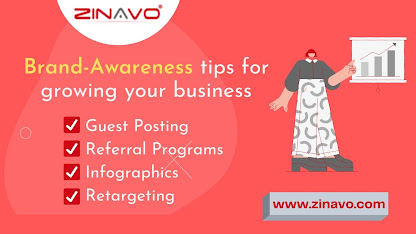Google’s new Ranking Factors about the Page Experience
All you have to think about Google's new positioning variable
Google has declared designs for a hunt calculation update to be turned out in 2021. The new 'Page Experience' positioning element is comprised of a few measurements from Google's new Core Web Vitals report information just as measurements like portable agreeableness, web security, or interstitials. Look at our blog entry to find out about Google's new page experience update.
We can help with your SEO Company in Bangalore and Content procedure – connect with one of our specialists to examine answers for your business.
Perceiving the challenges many site proprietors are presently looking from the impacts of the Coronavirus Pandemic, Google will report the rollout of the new update in any event a half year in front of dispatch. This should give SEOs, website admins, and online advertisers sufficient opportunity to deal with the new positioning element and set up their sites appropriately.
This new positioning component will join various viewpoints to assess a client's understanding while they connect with a site page. Google plans to quantify this attention on clients and their view of the perusing experience utilizing a mix of its Core Web Vitals, security angles (safe perusing and HTTPS), and versatile neighborliness. Peruse on to discover more about Google's Core Web Vitals, which were as of late propelled toward the beginning of May 2020.
The new page experience positioning component coming to you in 2021 will highlight the accompanying components:
- Load Speed (‘Largest Contentful Paint’ factor from Core Web Vitals)
- Responsiveness (‘First Input Delay’ from Core Web Vitals)
- Visual Layout Stability (‘Cumulative Layout Shift’ from Core Web Vitals)
- Mobile Friendly URL
- Safe and Clean Website Code (Safe Browsing with no Malware)
- Use of HTTPS Encryption
- No Intrusive Interstitials
Despite the fact that page experience is anything but a totally new positioning variable, it presently consolidates past (legitimate) positioning signs in another, apparently more weighted factor in the hunt calculation. What's more, notwithstanding Google's positioning elements evidently being a firmly monitored mystery, every so often they have been known to authoritatively declare singular positioning variables – factors that have now discovered their way into the new page understanding.
Portable neighborliness, for example, – importantly named Mobilegeddon by the media – was authoritatively reported as a positioning element. As was HTTPS or portable URL load times in the Mobile Speed Update.
What are Core Web Vitals?
Planned as center measurements for assessing site execution, Google just presented its Core Web Vitals toward the start of May 2020. After some time, Google will be adjusting this arrangement of elements to specialized necessities and client conduct; which is the reason they can be changed and extended appropriately. Google has said they plan to rethink their Core Web Vitals consistently.
Google's Core Web Vitals begin from its Lighthouse review structure – which website admins and SEOs can use to perform point by point execution reviews of any site or URL. Searchmetrics has examined these boundaries to evaluate what job they play in returning higher rankings. The discoveries of our examination were utilized to build up our Google Lighthouse Ranking Factors.
Three core elements from Google Lighthouse:-
Largest Contentful Paint (LCP): This metric measures the time it takes for the main content of a page to load. According to Google, LCP load times of up to 2.5 seconds are good, between 2.5 and 4 seconds need improvement, and anything longer than 4 seconds is poor.
First Input Delay (FID): This metric measures the amount of time that passes between the initial user interaction with the loaded page and the browser response. According to Google, an FID of up to 100 milliseconds is good, anything between 100 and 300 milliseconds needs improving, and anything upwards of 300 milliseconds is poor.
Cumulative Layout Shift (CLS): This metric measures the visual stability of a page when interacting. In other words, it indicates whether and to what extent unexpected layout changes take place while the user is interacting with a website, for example, when the position of a button changes suddenly and without scrolling. The lower the CLS, the better. For Google, anything up to 0.1 is good and anything higher than 0.25 is poor; everything in between means there is room for improvement.
For More Tags: Website Design Company in Bangalore | SEO and SMO Services in Bangalore | Best Web Design Company in Bangalore | Ecommerce Development Company in Bangalore



Comments
Post a Comment